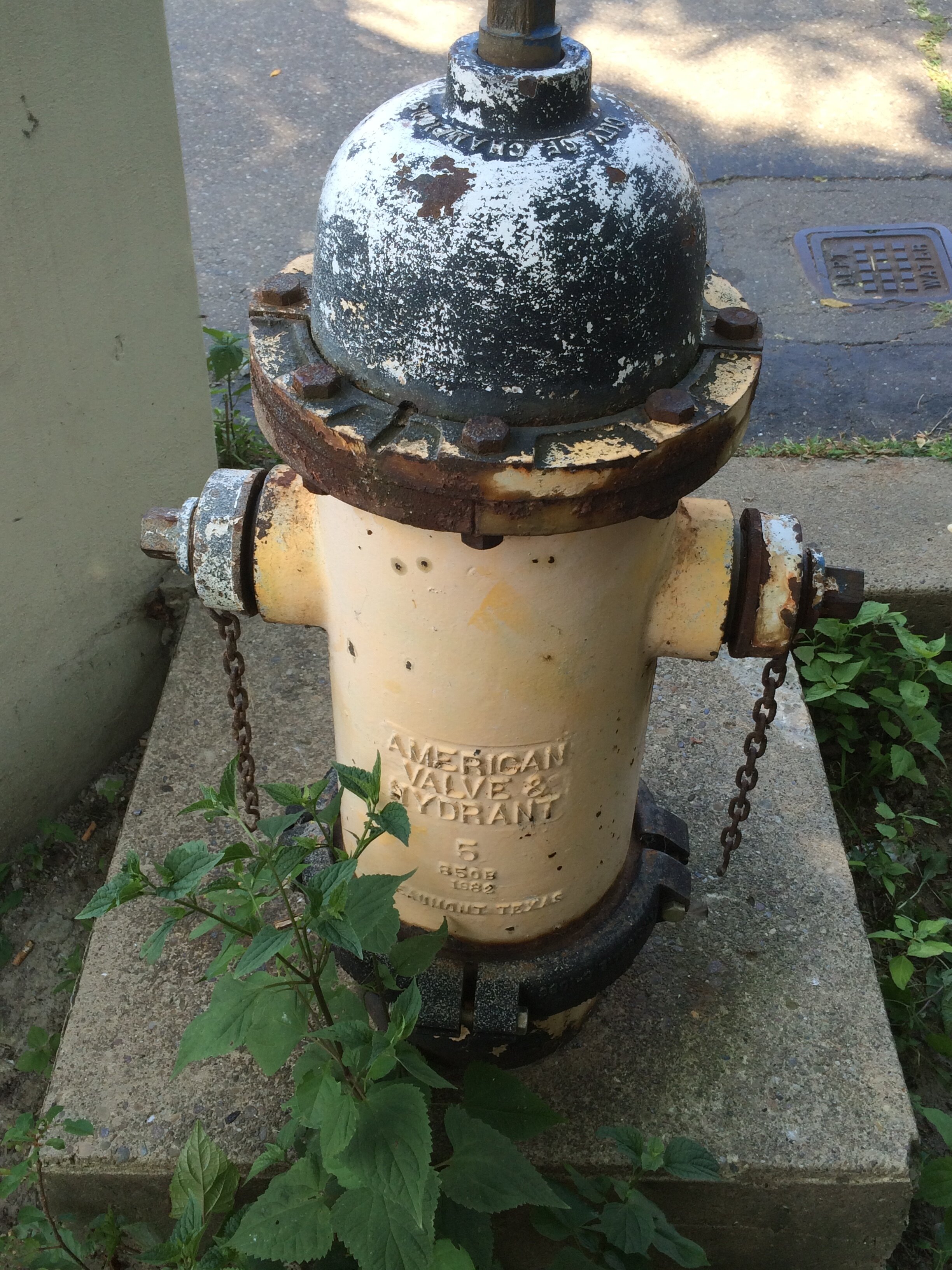Indoor Air Quality & Beauty
Is Your House Healthy?
Indoor Air Quality (IAQ) is a term which refers to the quality of air within and around buildings and structures, especially as it relates to the health and comfort of building occupants. We spend most of our time indoors, so it is important to feel healthy and comfortable operating in our indoors, to be happy and productive.
If there are strange odors, or you are you worried about air exchanges and having enough ventilation, you can have indoor air quality testing done. Many factors can affect the indoor air quality of your house:
The physical layout of the house
The building’s heating, ventilation and air conditioning (HVAC) systems
The outdoor climate (read the report by the BC Lung Assoc on the state of our Air Quality)
The materials in your furnishings - (like formaldehyde)
Contaminants inside and outside the building. Poor air quality is linked to a rise in asthma and allergic symptoms tracing to allergens like dust mites, VOC’s pollen and mould.
Island EHS - the people who did our HazMat survey also work in the realm of IAQ.
We were avoiding the use of toxic materials in our build. When we determined to use a two zone Mitsubishi heat pump our main question was whether we would also need to buy an HRV (Heat Recovery system). Our energy modeling advisor Mark Bernhardt at Bernhardt Consulting counseled us to invest in a Zehnder system to retrieve heat from air that is being expelled from the house and insure adequate air exchanges. This is a serious issue in houses that are built to be very air tight. Mark spent his career as a passivhaus builder and advocate so we did not hesitate to take his advice. Our advisor at Mitsubishi Canada concurred.
The Logic of Using Different Ducting for Heat Pump and HRV
Air exchanges per hour in our very tight house are key to comfort and health. We got air exchanges per hour down around 3 in the final blower door test. The HRV would insure fresh air supply was steady and sufficient for healthy living.
We chose a Mitsubishi ducted heat pump (two zone) which was installed by Accutemp . This system cost $23,900 & supplies both heat and air-conditioning. We also considered Fujitsu and Daikin brands and models. Because our walls were open we had the possibility of running new ducting. - we opted for this route vs putting in mini-splits that are wall mounted. Please go to the Heating/Ventilation/AC section for a more complete picture.
Were you to go to our basement you would see two distinct sets of ducts - one for the heat pump and the other for the Heat Recovery system.
We installed a Zehnder HRV ComfoairQ Series sourced from Small Planet Supply at a cost of $12,459 once a commissioning fee was added.
The systems play well together. We have never experienced the kind of even, exceptionally quiet air conditioning and heating or a more salubrious indoor air atmosphere in any other house.
Why, you might ask is it necessary/better to decouple the HRV ventilation system from the forced-air heating and cooling system. Zehnder has a very thorough and clear blog post that explains. The two systems have different goals and their preferred exhaust and supply locations are often different. The duct system for the air handler is oversized for ventilation and can exacerbate poor distribution of the ventilation supply air. The on-off cycles of the air handler can unbalance the HRV, reduce its efficiency and alter the pressure balance of the building.
“The renowned New York City mechanical designer, Henry Gifford, puts it very well with this analogy: joining the ventilation system with the heating and cooling system is like having a combination car-boat. It isn’t a very good boat and it isn’t a very good car but it sort of does both functions in a mediocre way. If you want a good boat, buy a boat. If you want a good car, buy a car. They can both sit in the same garage but use each for what it is designed for in its own way.” (Source Zehnder)
Balancing the System
Inadequate fresh air in a home can cause health problems many of which often are not detected for many years. Poor air exchange leads to breathing too much CO2 and high concentrations of chemicals that have been off gassed from building materials and furnishings. Sufficient air quality - defined in BC as 89 cft per minute in a typical 4 bedroom house must be insured by balancing the HRV system. In effect this means making sure that the air coming in and the air being exhausted from the house are within 10 percent of each other. The air flow to each room has to be calibrated carefully based on the volume of the space and usage. This is technical stuff. Steve Jollimore’s five minute video explains the principles and guidelines behind balancing a system. Prepare to become acquainted with terms such as digital differential manometer, and absolute static velocity.
Interior air quality is predicated on exterior air quality.
Fires are, alas, commonplace on Vancouver Island and in British Columbia.
The heat pump with HRV combination can protect from some of the ill effects of smoke - filtering the air that is brought into the house. The heat pump also functions as an air conditioner. Air conditioners were rarely needed in the Pacific Northwest …until recently . But with climate change - witness last year’s deadly heat dome - heat pumps and HRV’s combined with good insulation help make indoor environments comfortable and relatively safe.




